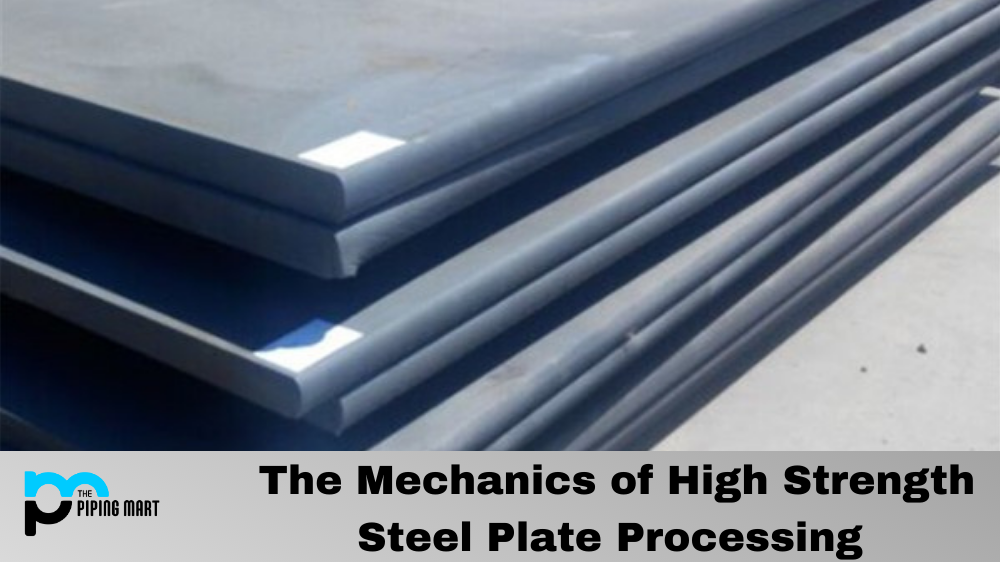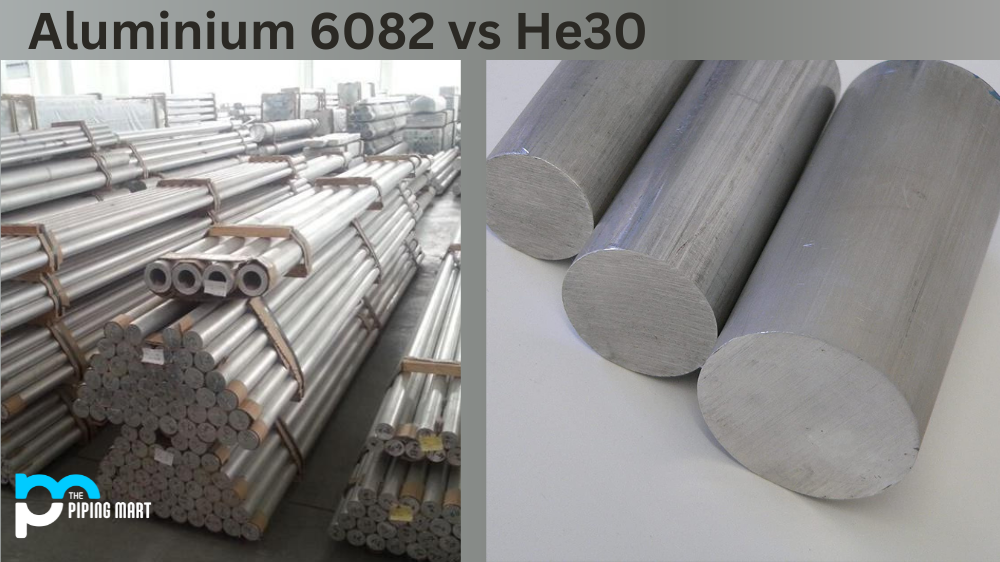High-strength steel plate processing is a complex process involving multiple steps and procedures. It requires specialized machinery, tools, and techniques to ensure that the material is created with precision and accuracy. In this blog post, we’ll explain in detail the processing of high-strength steel plates.
Cutting and Burning
The first step in high-strength steel plate processing is to cut and burn the material. This is done using various tools such as plasma cutters, water jet cutters, or oxy-fuel torches to create precise shapes out of the plate. After cutting, the pieces are then burned using an oxygen-acetylene torch to remove any burrs or other imperfections on the edges of the material.
Forming and Bending
Once the material has been cut and burned, it can then be formed and bent into its desired shape. This is done by putting pressure on specific areas of the sheet metal with specialized machines called press brakes. Depending on what shape or form needs to be created from the sheet metal, different press brake machines can be used to achieve this goal.
Welding
The last step in high-strength steel plate processing is welding. This involves joining two pieces together by melting them together at their points of contact (or overlap). The welding process typically utilizes electric arc welding or gas welding techniques depending on what kind of weld needs to be achieved. The welders must also ensure that they correctly set up their equipment before beginning any welding task so that they do not compromise any part of the structure when joining two pieces together.
Conclusion
High-strength steel plate processing takes time and skill to master. Once learned, it can provide a wide range of benefits for those working with these materials in construction projects or manufacturing applications. By understanding each step involved in this process—from cutting and burning through forming, bending, and finally welding—manufacturers can easily create high-quality finished products quickly and efficiently while minimizing waste materials along the way. Understanding how to work with high-strength steel plates properly can save companies time and money in production costs while providing them with a superior product for their customers’ needs!

Pipingmart is a B2B portal that specializes in metal, industrial and piping items. Additionally, we share the latest information and information about materials, products and various types of grades to assist businesses that are involved in this business.




